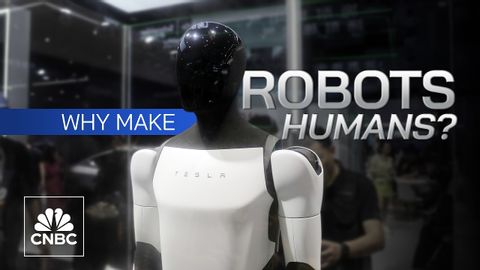為什麼我們要製造外形和動作都像「人類」的機器人? (Why we build robots that look and move like humans)
VoiceTube 發佈於 2024 年 10 月 22 日  沒有此條件下的單字
沒有此條件下的單字US /ɛmˈbres/
・
UK /ɪm'breɪs/
- n. (c./u.)擁抱(某人);接受
- v.t.緊緊擁抱;親吻;欣然接受;包含
- v.t./i.翻轉 (身體);輕彈;啪地打開;翻轉;炒賣
- n.空翻;翻轉 (的動作);拋
- adj.輕率的
US /ˈɪnstəns/
・
UK /'ɪnstəns/
- n. (c./u.)例證;實例;事件;實例 (電腦)
- v.t.例
- phr.應…的要求
- n. (c./u.)偏見;成見;偏差;偏袒
- v.t.偏壓;使有偏見;施加偏壓
